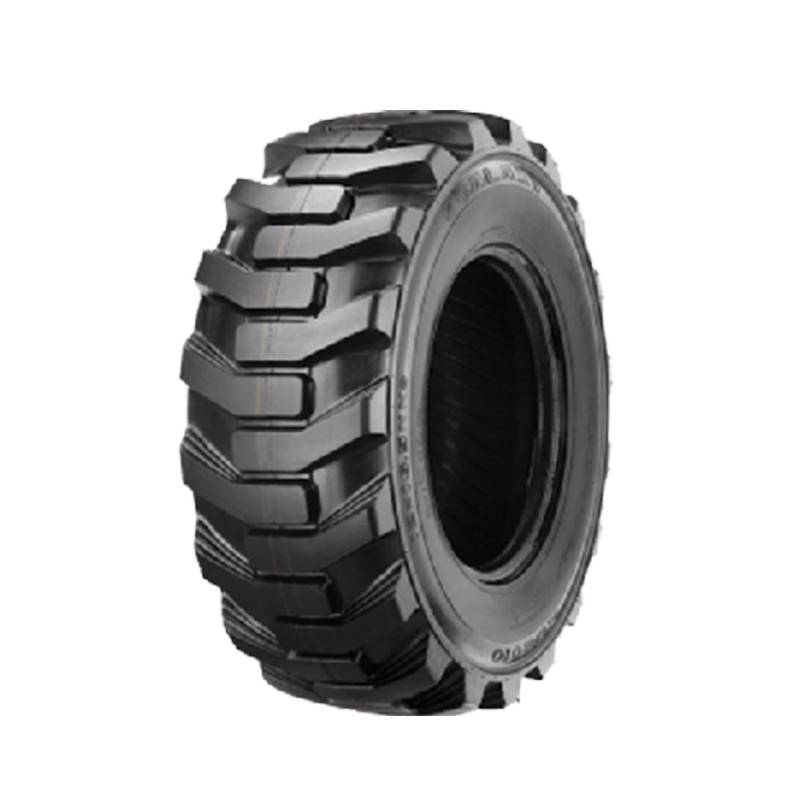
Dec . 29, 2024 14:55
Back to list
Understanding the Importance and Functionality of Relief Valves in Industrial Applications
Understanding Relief Valves A Crucial Safety Component in Industrial Systems
Relief valves play a pivotal role in a variety of industrial applications, serving as vital instruments for maintaining safety and efficiency within pressurized systems. These valves are designed to prevent pressure build-up that could lead to catastrophic failures, thereby protecting both equipment and personnel. This article explores the significance of relief valves, their working principles, types, and applications, highlighting their indispensable role in industry.
What Are Relief Valves?
Relief valves are automatic devices that open to release excess pressure from a system, ensuring that the pressure does not exceed a predetermined limit. When the pressure within a system approaches the maximum allowable level, the relief valve activates, allowing fluid—either gas or liquid—to escape. This action equalizes the pressure, thereby protecting the integrity of the system and preventing potential explosions or equipment damage.
Working Principles
The operation of a relief valve is relatively straightforward. They are typically spring-loaded devices that contain a seat and a disc. Under normal operating conditions, the spring holds the valve closed against the pressure of the system. However, as pressure rises and reaches the set pressure point, the force exerted by the media overcomes the spring force, causing the valve to open. Once the pressure decreases to a safe level, the spring re-engages, closing the valve.
The precise set pressure can often be adjusted, allowing for flexibility in different applications. Some valves also feature blow-off functions or visual indicators to inform operators when the valve has activated.
Types of Relief Valves
There are several types of relief valves, each designed for specific applications and pressure control needs
relief valves

1. Spring-Loaded Relief Valves The most common type, these valves rely on a spring mechanism to control the opening and closing based on pressure.
2. Pilot-Operated Relief Valves These valves use a pilot valve mechanism to control a larger main valve. They are suitable for high-pressure applications and offer greater precision.
3. Differential Pressure Relief Valves Designed to maintain a specific pressure differential across a system, they are used in processes that require strict pressure control.
4. Vacuum Relief Valves These valves prevent vacuum conditions from forming in storage tanks or pipelines, ensuring that they do not collapse under negative pressure.
Applications of Relief Valves
Relief valves are utilized across various industries, including oil and gas, chemical processing, water treatment, and manufacturing. In oil and gas operations, for example, these valves safeguard pipelines and storage tanks from pressure surges caused by thermal expansion or rapid changes in flow rate. In chemical processing, they protect reactors and vessels from overpressure, which could lead to hazardous situations.
Water treatment facilities employ relief valves to manage pressure in pipelines, ensuring steady water flow and preventing bursts. In the manufacturing sector, these valves help maintain safe operating conditions for machinery by averting pressure-related breakdowns.
Conclusion
The importance of relief valves in industrial systems cannot be overstated. They serve as critical safeguards, preventing excessive pressure build-up that could lead to severe accidents and costly downtime. By understanding the working principles, types, and applications of relief valves, engineers and operators can better appreciate their role in ensuring safety and efficiency within various processes. As technology continues to evolve, the design and functionality of these valves will likely improve, further enhancing their reliability and effectiveness in protecting industrial systems. In an increasingly complex industrial landscape, the importance of these humble yet essential devices remains paramount for safe operations across all sectors.
Next:
Latest news
-
Safety Valve Spring-Loaded Design Overpressure ProtectionNewsJul.25,2025
-
Precision Voltage Regulator AC5 Accuracy Grade PerformanceNewsJul.25,2025
-
Natural Gas Pressure Regulating Skid Industrial Pipeline ApplicationsNewsJul.25,2025
-
Natural Gas Filter Stainless Steel Mesh Element DesignNewsJul.25,2025
-
Gas Pressure Regulator Valve Direct-Acting Spring-Loaded DesignNewsJul.25,2025
-
Decompression Equipment Multi-Stage Heat Exchange System DesignNewsJul.25,2025

